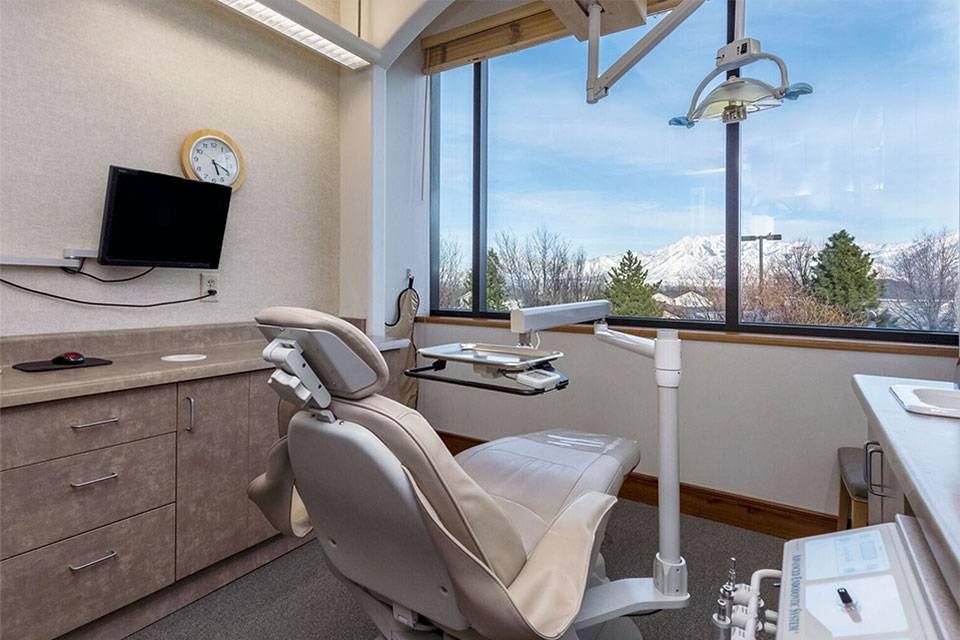Check out our Procedures

Endodontic (Root Canal) Treatment
A root canal procedure is used to save an abscessed tooth by removing the dental pulp (nerve) after the tooth is dead or has had the pulp exposed due to cavities or fractures. After the pulp is removed and any infection has been resolved, the hollow area left behind after the nerve is removed is filled in with a rubber-like material called gutta-percha. Before the days of root canals, most damaged teeth needed to be replaced.

Cracked Teeth
Coming Soon

Endodontic Retreatment
With proper care, most teeth that have had root canal (endodontic) treatment can last as long as other natural teeth. In some cases, however, a tooth that has received endodontic treatment fails to heal. Occasionally, the tooth becomes painful or diseased months or even years after successful treatment. If your tooth has not healed or has developed new problems, you have a second chance. Another procedure, endodontic retreatment, may be able to save your tooth.
As occasionally happens with any dental or medical procedure, a tooth may not heal as expected after initial treatment for a variety of reasons:
- Narrow or curved canals were not treated during the initial procedure.
- Complicated canal anatomy went undetected in the first procedure.
- The placement of the crown or other restoration was delayed following the endodontic treatment.
- The restoration did not prevent salivary contamination to the inside of the tooth.
- In other cases, a new problem can jeopardize a tooth that was successfully treated. For example:
- New decay can expose the root canal filling material to bacteria, causing a new infection in the tooth.
- A loose, cracked or broken crown or filling can expose the tooth to new infection.
- A tooth sustains a fracture.

Endodontic Surgery
Removal of the very end of the root is called apicoectomy. In this procedure, the endodontist opens the gingival tissue near the tooth to examine the underlying bone and to remove any inflamed or infected tissue.
A small filling may be placed in the root to seal the end of the root canal, and a few stitches or sutures are placed in the gingiva to help the tissue heal properly.
Over a period of months, the bone heals around the end of the root.
The best care for your endodontic needs
We combine this technology with our training and years of experience to ensure that you will receive the best care possible.





